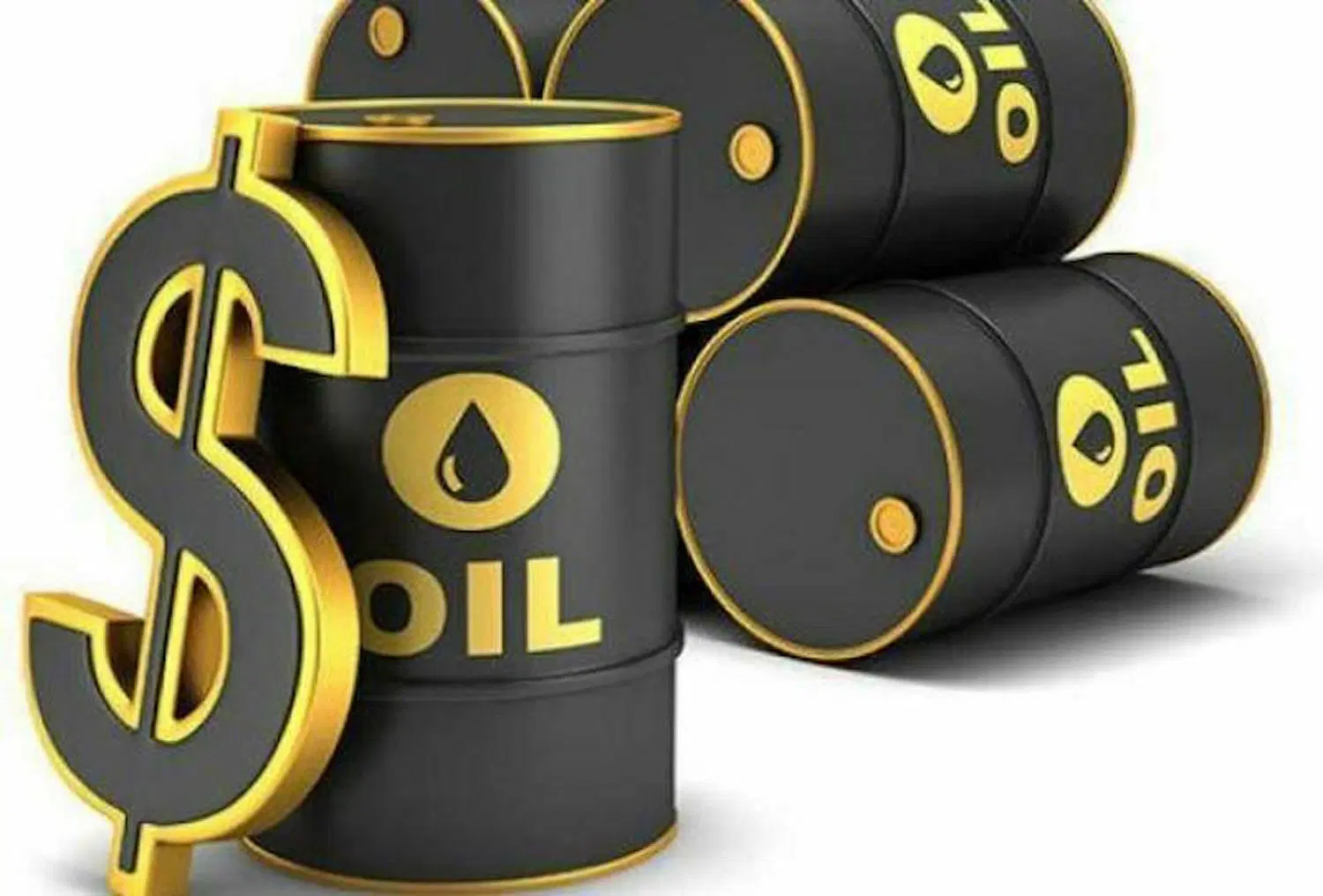
Crude benchmarks edge higher amid renewed diplomatic momentum and expectations of a U.S. rate cut…
Oil prices inched higher on Wednesday after tumbling to a one-month low in the previous session, as traders weighed fresh signals of progress in peace negotiations between Ukraine and Russia.
At 5:12 a.m. WAT, Brent crude advanced 27 cents (0.43%) to $62.75 a barrel, while U.S. West Texas Intermediate (WTI) rose 24 cents (0.41%) to $58.19.
Both benchmarks had settled 89 cents lower on Tuesday, following comments by Ukrainian President Volodymyr Zelenskiy, who informed European leaders that he is ready to move forward with a U.S.-supported framework aimed at ending the conflict with Russia, saying only a “few points” remain unresolved.
Analysts say the developments could have a significant impact on global energy flows.
According to IG market strategist Tony Sycamore, the completion of such an agreement could lead to a rapid unwinding of Western sanctions on Russian energy exports, potentially pulling WTI prices down toward $55.
“For now, the market waits for more clarity, but the risk appears skewed toward lower prices unless talks falter,” Sycamore wrote in a note quoted by Reuters.
The diplomatic maneuvering intensified after U.S. President Donald Trump revealed that he has instructed American officials to hold separate discussions with both Russian President Vladimir Putin and Ukrainian representatives. A senior Ukrainian official also suggested that Zelenskiy could travel to the U.S. in the coming days to finalize the deal.
Meanwhile, Western nations including the U.S., Britain, and European partners have tightened sanctions on Moscow in recent weeks. India, one of Russia’s biggest crude buyers, is on track to reduce its purchases in December to the lowest level in three years.
Domestic supply dynamics also influenced Wednesday’s trading. U.S. crude inventories unexpectedly declined last week even as fuel stocks increased. Analysts had earlier predicted a rise of 1.86 million barrels for the week ending November 21.
The market now awaits official figures from the U.S. Energy Information Administration, due at 10:30 a.m. ET (3:30 p.m. GMT).
Expectations of a potential Federal Reserve interest-rate cut in December continue to lend partial support to crude prices. Recent U.S. economic data, showing softer inflation and weaker retail spending has strengthened the belief that a rate reduction may be on the table. Lower borrowing costs typically bolster economic activity and, in turn, fuel demand for oil.



